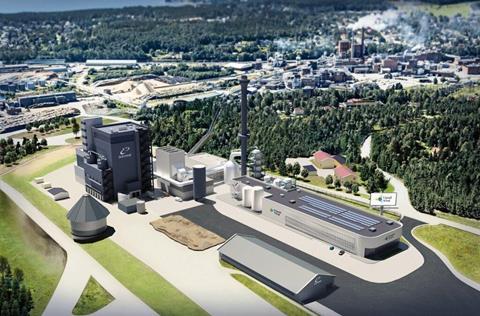The Port of Gothenburg has joined forces withStena Line, DFDS, Ørsted and Liquid Wind in a project to createEurope’s ’first’ green electrofuel hub at the port, with the intention of producingeMethanol at the hub in 2025.
The investment, which is intended to produce green methanol for use by the maritime industry, is intended to represent“a tangible step” towards a carbon neutral shipping industry.
“The Port of Gothenburg has set out to reduce CO2-emissions by 70% within the port area by 2030. This is an extremely important goal for us, but something we cannot achieve on our own,”saidElvir Dzanic, CEO of the Port of Gothenburg.
“Therefore, we are delighted to have a supplier like Liquid Wind and committed ship owners like Stena Line and DFDS taking these ambitious steps that will make a huge difference towards achieving that goal,”
E-fuel centre
FlagshipONE, which is in late-stage development and approaching a final investment decision, will be the largest e-fuels facility in the world when it is completed, producing 50,000 tonnes of eMethanol annually. The investment has been estimated at over USD1.5bn, industry sources told The Motorship.
Onshore wind will power the electrolysis producing hydrogen. The biogenic CO2 will be also captured from the combined heat and power plant Hörneborgsverket.
Liquid Wind plans to establish facilities across Sweden to decarbonise the maritime sector, of which FlagshipONE will be the first.
Green methanol, or eMethanol, is made from 100% biogenic sources combined with 100% renewable wind energy so it doesn’t add CO2 to the atmosphere.
According to the Maersk Mc-Kinney Møller Center for Zero Carbon Shipping, eMethanol offers a number of advantages as marine fuel. It has more manageable handling requirements than other e-fuels and eMethanol engines are already commercially available.






